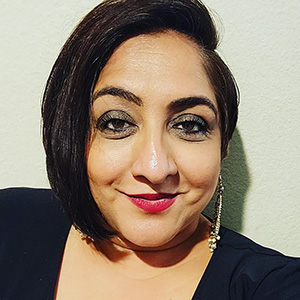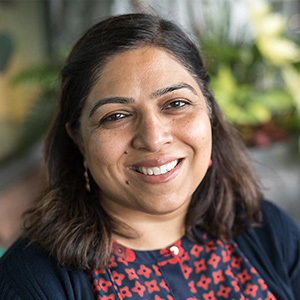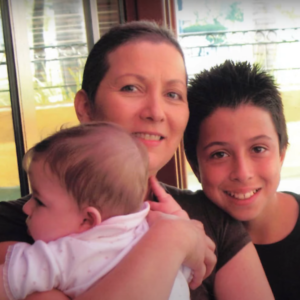“After being in this field for 30 years, we’re finally at a point where we will see cancer vaccines approved for clinical use in the near future,” says Nora Disis, MD, a cancer immunology and translational research expert and the director of the Cancer Vaccine Institute (CVI).
When Disis began her career, she faced considerable skepticism there would ever be a vaccine capable of curing or preventing cancer. In fact, many people didn’t think the immune system had anything to do with cancer.
Today we’re on the cusp of seeing a wide range of therapeutic cancer vaccines being approved for use, thanks to the work of Disis and her colleagues at the CVI. In the span of one lifetime, they’ve redefined what we think is possible when it comes to cancer treatment and prevention — and the implications are huge.
Focused on a goal
As a young researcher who was interested in the intersection of the immune system and cancer, Disis knew Seattle was the place to be. She chose an oncology fellowship at UW Medicine because there was already a strong tumor immunology program here. And she stayed to pursue one goal: making cancer vaccines that could stimulate an immune response and stop cancer.
Over the course of her career, Disis has noticed how other researchers with the same goal are frequently lured to other, better-funded areas of research, so she dug in. “I thought, we’re never going to crack this nut unless some people can just stick it out,” she says.
Now, three decades later, we have an effective breast cancer vaccine close to approval. Disis began studying breast cancer because, she notes wryly, as the only female oncology fellow she was assigned to the breast cancer clinic. She began treating patients while simultaneously investigating whether their cancers stimulated an immune response.
What she found gave her hope: Her breast cancer patients were in fact having an immune response to their cancer cells — opening the door even wider to the possibility of a cancer vaccine.
But this discovery raised new questions: What kind of an immune response could destroy cancer? How could a vaccine generate such a response? And how would Disis be able to take this information and turn it into effective vaccines without a team of experts?




